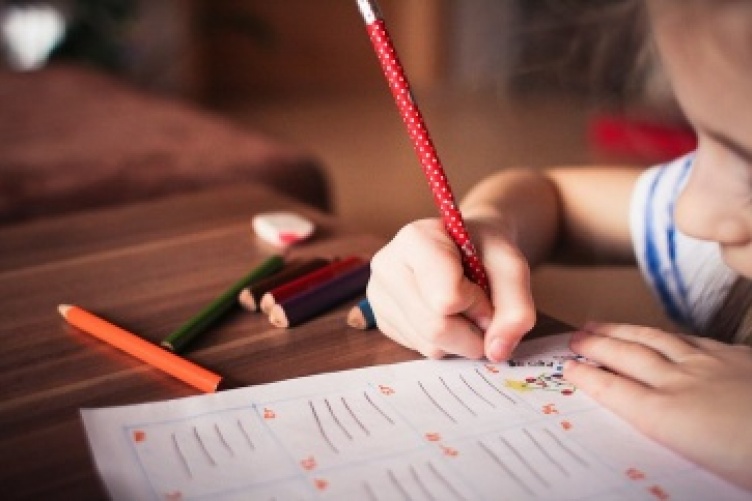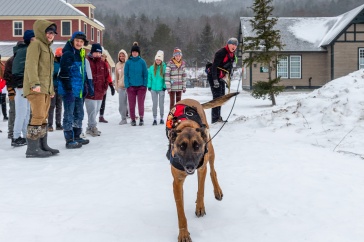
As the coronavirus continues to spread, keeping schools across the country closed, children from elementary to high school are transitioning to virtual learning that can be done safely at home. Teachers have been tasked with preparing online lessons and students and parents may be facing apprehension moving into a brave new world of education. But experts at UNH say the most important thing to do is to take a deep breath and stay calm.
“One of the key things to remember is that children are often already skilled in more than one way of learning.”
“We’re in uncharted territory,” says Alecia Magnifico, an associate professor of English. “Nothing like COVID-19 has happened in our lifetime, and the last pandemic like this was over 100 years ago, so no one is really prepared for all these quick changes in everyday life. We have to give ourselves a little grace and trust our educators.”
Schools across the country will have varied teaching styles depending on age groups, course topics and accessibility to technology. A survey by the Pew Research Center shows issues of technology inequity with roughly only 60 percent of rural Americans saying they have access to high-speed internet at home. Bethany Silva, research assistant professor of education and director of the Community Literacy Center at UNH, said in the wake of the coronavirus, parents may even see differences in online learning expectations among their own children – something she’s experienced in her own household.
“My husband is a teacher, and his school has online class for a specific block of time each day, while my son’s school has a series of activities that he’s expected to complete at some point that fits his schedule,” Silva says.
“One of the key things to remember is that children are often already skilled in more than one way of learning,” says Andrew Coppens, an assistant professor of education and expert in learning sciences. “In this difficult time, this can be good news because it opens the door for combining different types of learning when educating young children, including online, remote and in-person.”
Coppens, along with his colleagues Magnifico and Silva, who work together researching how informal learning interaction can impact and enhance classroom learning, say no matter what lies ahead, there are several simple steps families can take to make this a rich and rewarding experience.
• Maintain a routine to help children thrive
• It’s okay to think outside the box. Have fun with the schedule – different children have different needs. Maybe allow for TV time during the day if it keeps everyone more productive. Save evenings for board and card games – also good literacy/math activities
• Take breaks – both parents and kids
• Get up and move – go for a walk, try YouTube Yoga, have a house dance party
• Supplement curriculum with extra activities to enhance learning experiences. For example,: journaling or reading stories – especially for younger children
• Remember play time is important for learning, too
“Take advantage of the fact that kids are home and try a little place-based learning,” Silva says. “For example, children and parents can track the signs of spring in their outside spaces, which is a great science activity. When it’s warm enough, they can bring paper and keep a field journal of what they see, while practicing safe social distancing, of course.”
Right now, most children will be craving connection with other kids more than anything else. For younger kids, try a group story time (one parent reading on Skype or Zoom), or for older kids and teens, a group hangout through videoconferencing.
“There are all kinds of informal learning opportunities they can connect through like writing fanfiction sites where they can discuss their favorite books or authors and even share their experience through creative writing,” Magnifico says. “The key to remember is that there are all different ways to learn.”
-
Written By:
Robbin Ray ’82 | UNH Marketing | robbin.ray@unh.edu | 603-862-4864



















































